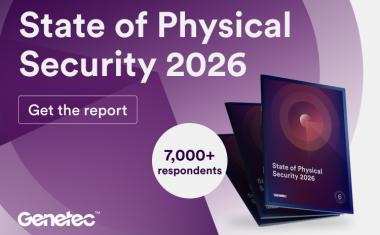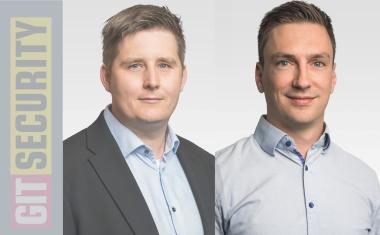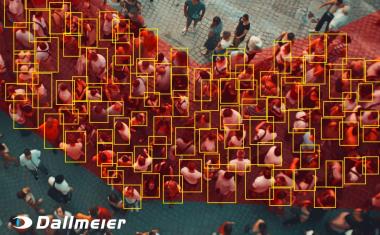Lone Worker: Alone at Risk

Steve Hough, President of the British lone worker company Soloprotect, is familiar with some of the potential dangers, where and when people working alone could possibly get into trouble and how employers can identify and reduce the various safety risks for their employees.
GIT SECURITY: Mr. Hough, how can employers and managers even know if and when their staff are potentially at risk?
Steve Hough: To do this, those responsible must first identify the possible risks, then list them and finally classify them according to type and relevance. Awareness of potential risks, dialogue with all employees involved and their cooperation in risk assessment around their specific areas of responsibility are important components of this process. Finally, in order to minimise the risk that can be identified from a business management perspective, it may also be necessary to change work processes of individual departments and employees and to use certain aids.
How can employers protect their employees?
Steve Hough: There are many ways to do this, but first you should look at the corporate culture of your own organisation. If you can create a uniformly applicable safety standard, this is a good start for the whole process. Part of this development is also the definition of a dynamic safety regulation for sole employees, which is known to every employee and which must be constantly renewed and individually adapted. Any security measures for single workers should also include the use of technologies that are used throughout the company. This makes it clear what is expected of everyone involved and the benefits these measures provide to the entire organization.
What can be done if employees do not follow the established safety measures?
Steve Hough: I think it’s less about cooperation and more about shared values and responsibilities. After all, everyone shares responsibility for safety at our workplaces. The issue should be seen as a constant initiative that all parties are working towards or actively maintaining. This approach is an essential part of developing our own corporate safety culture. It is important to involve all employees in the issue as a collaborative project and to effectively communicate the benefits of a safer workplace to the whole organisation.
How can an employer determine whether the safety measures in place are being ignored by employees?
Steve Hough: Where technology is used, it provides actionable figures on the acceptance and ongoing use of the safety equipment, which are important indicators of the company’s return on investment. If defined security measures are not adequately implemented by employees, this should be clearly addressed in a personal discussion about the mandatory security guidelines. There should also be regular checks, safety training and a constant dialogue on the subject of occupational safety. The regular awarding of so-called “safety champions” – people who implement the defined safety measures in the company in an exemplary manner – can support the ongoing discussion on the subject of occupational safety and point out where any problems require further attention.
How can the employer ensure that the employees themselves recognise potential risks in the long term and report them as early as possible?
Steve Hough: Provide a communication platform accessible to all employees for regular dialogue on best work practices. This could be in the form of a special forum on your company intranet, for example, or in monthly departmental meetings. Have them report success stories and potential risk factors and continue to encourage your staff to identify and dynamically assess risks in their day-to-day work. Here, too, the use of technology can help by periodically executing specific functions.
How much time, manpower and budget should companies spend on effective health and safety measures?
Steve Hough: I think this is individual for each company. It depends on the risks involved and the corresponding corporate sense of responsibility, to what extent you can and want to meet the safety needs of your workforce in accordance with the resources available. Everyone who goes to work should come home unharmed at the end of the day, but unfortunately this is not always the case. I also think, moreover, that, from a sober business point of view, it is advisable not to regard expenditure on security measures as a mere cost, because in the long term they are an investment in the physical and mental health of the staff, which in the long term benefits the organisation – satisfied employees and, as a result, fewer absences and leavers.













